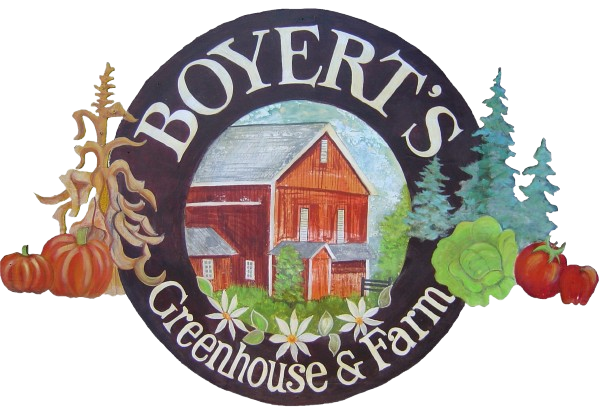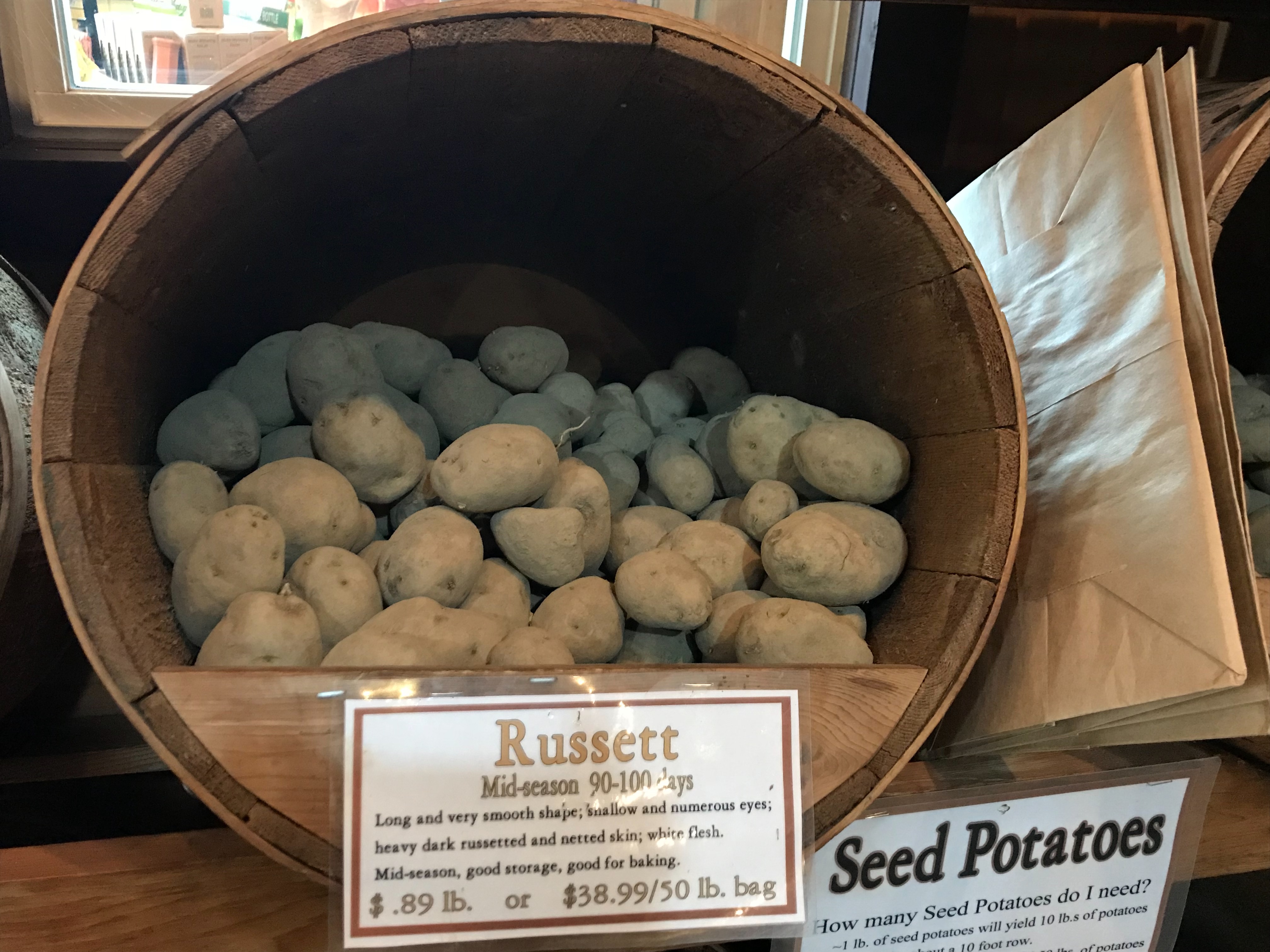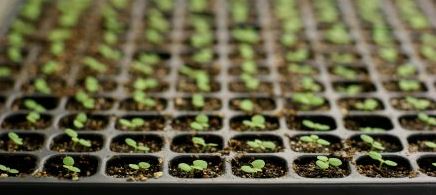With the threat of frost past (typically by May 15th), we’re finally ready to begin planting vegetables!
LAWN
- Apply a Weed & Feed fertilizer (Scott’s LawnPro or Greenview Step 2) to feed your lawn and control broadleaf weeds. This should be applied in the last week of May or early June.
- De-thatch lawns in spring and spot treat any damaged areas from winter kill.
- Aerate your lawn in the spring after active growth begins.
TREES & SHRUBS
- Prune early-flowering shrubs, such as forsythia, once they are finished flowering if needed.
GARDEN
- Edge and clean perennial and shrub beds, applying Preen as directed to prevent weeds.
- Start new garden beds, expand and improve old ones.
- Prepare your soil for a vegetable garden by adding compost and/or Sweet Peet.
- Plant hardy perennials and strawberry plants. Proper sun and soil is key for success — find the right plant for the right place.
- Start planting summer flowering bulbs; gladiolas and cannas in early May, dahlias in late May.
- Begin planting annuals and vegetables keeping in mind that our last frost date for our area is May 15th. (Still a 10% chance of frost until Memorial Day.)
- Remove spent blossoms from spring-flowering bulbs such as daffodils and tulips.
INDOOR
- Begin to harden off any houseplants or early-started seedlings you plan to move outdoors for the summer.
- Set the plants in a sheltered, shady spot outdoors.
- Bring the plants back inside at night, and bring them in at any time of day if the weather turns cold, windy or rainy.
- Expose the plants gradually to more sun. After two or three days, you can safely keep them in the sun for half a day, then return them to the shade.
- By the end of the week, they’ll be tough enough to soak up the rays all day.
Click here to see our May sales and events! For more advice, see our Helpful Handouts.



